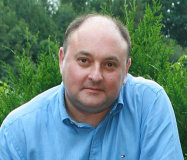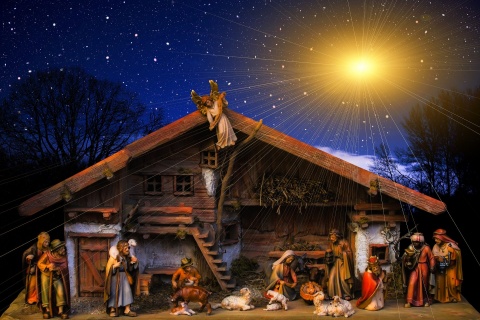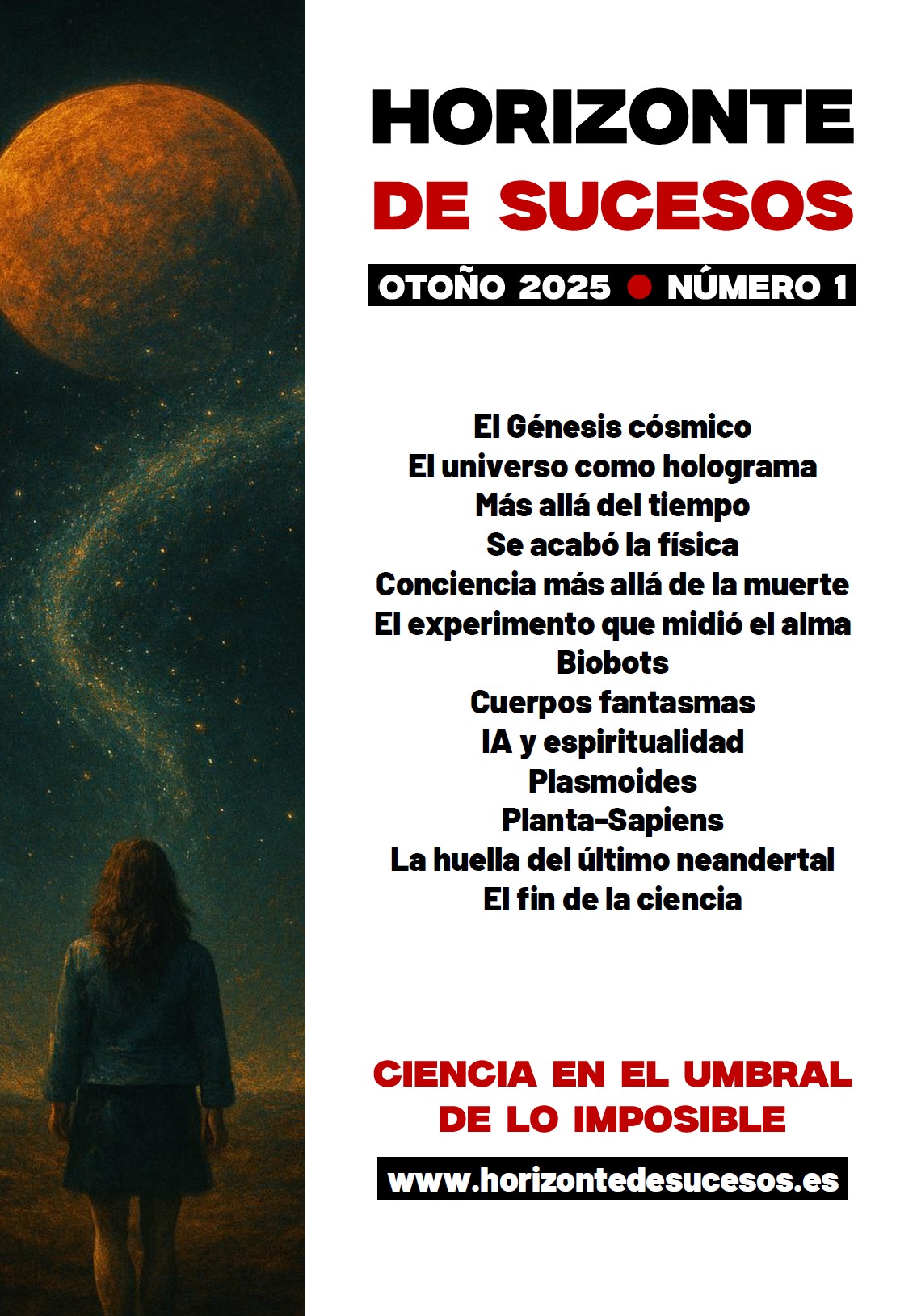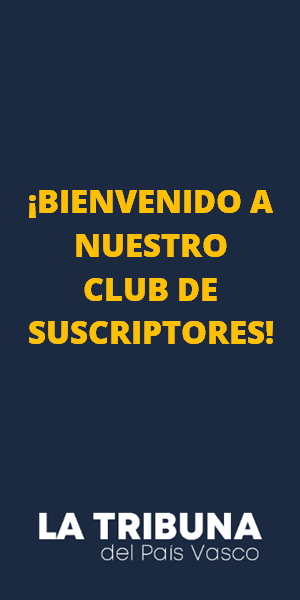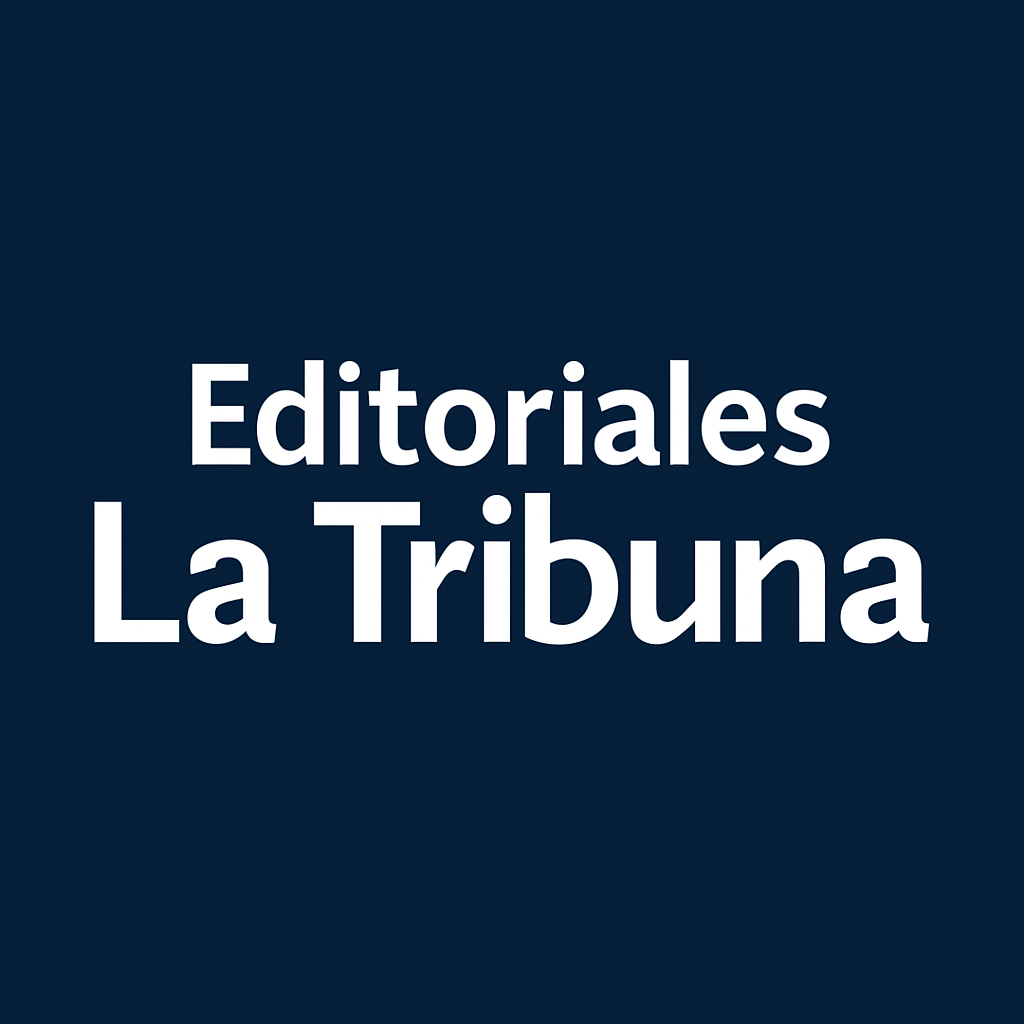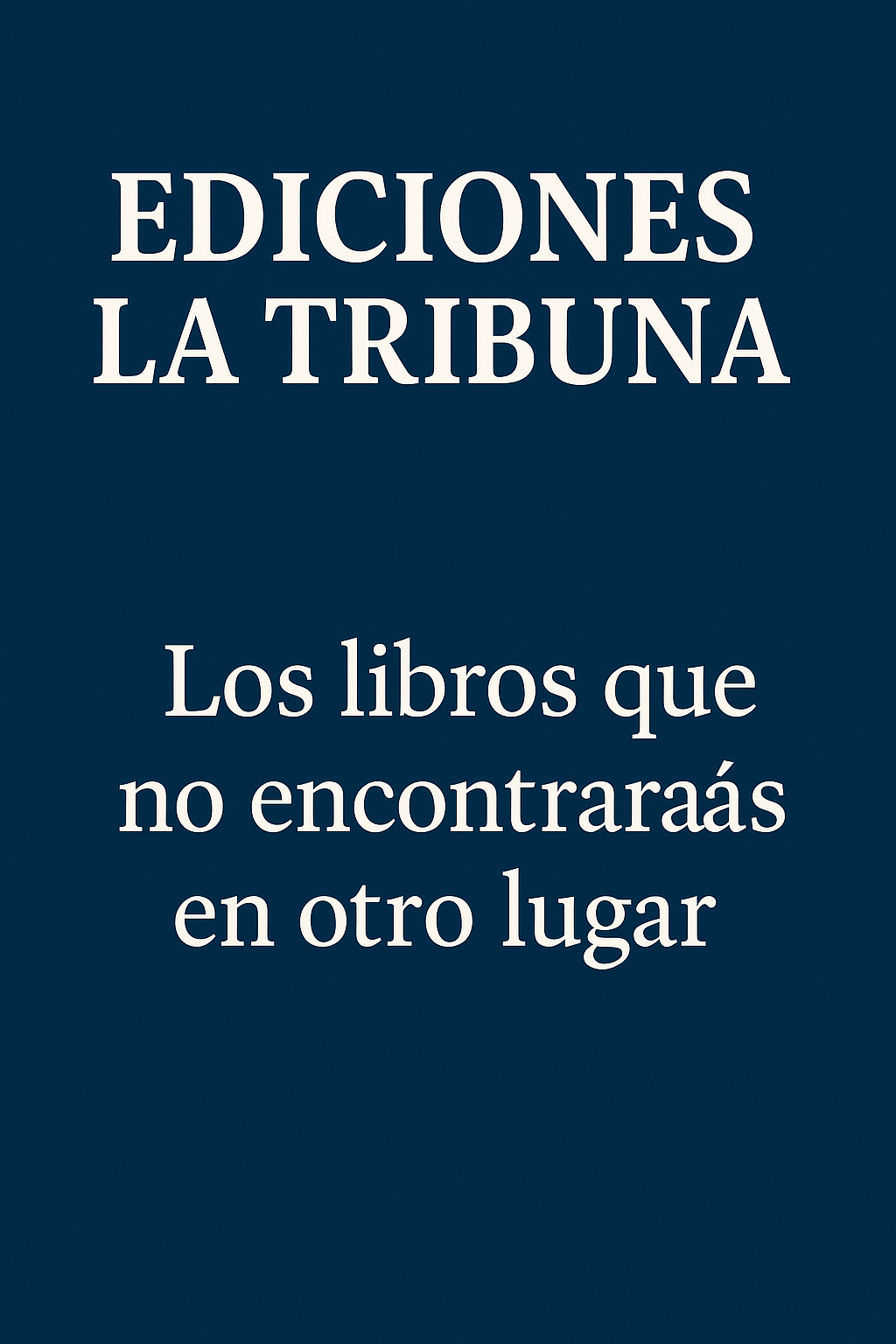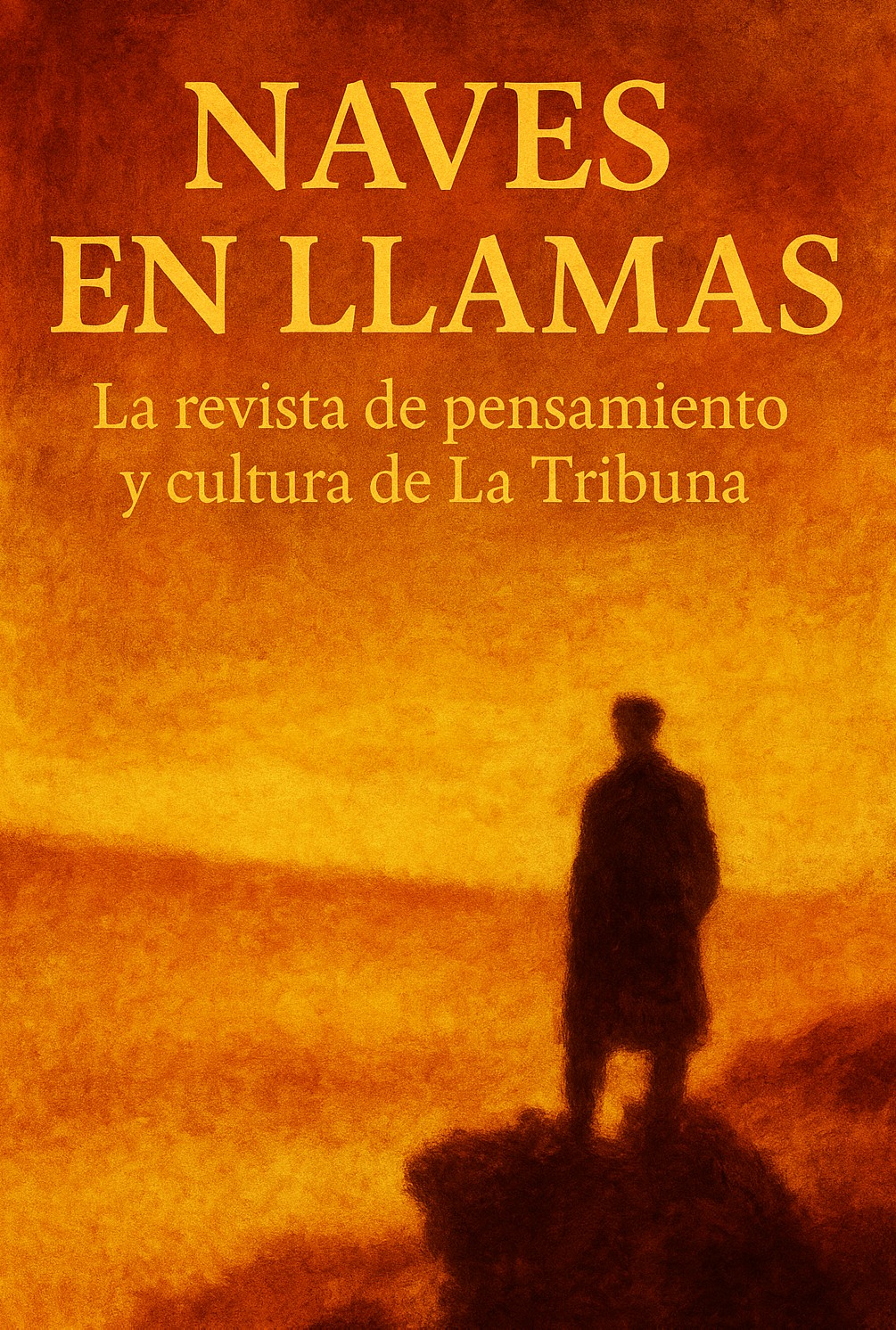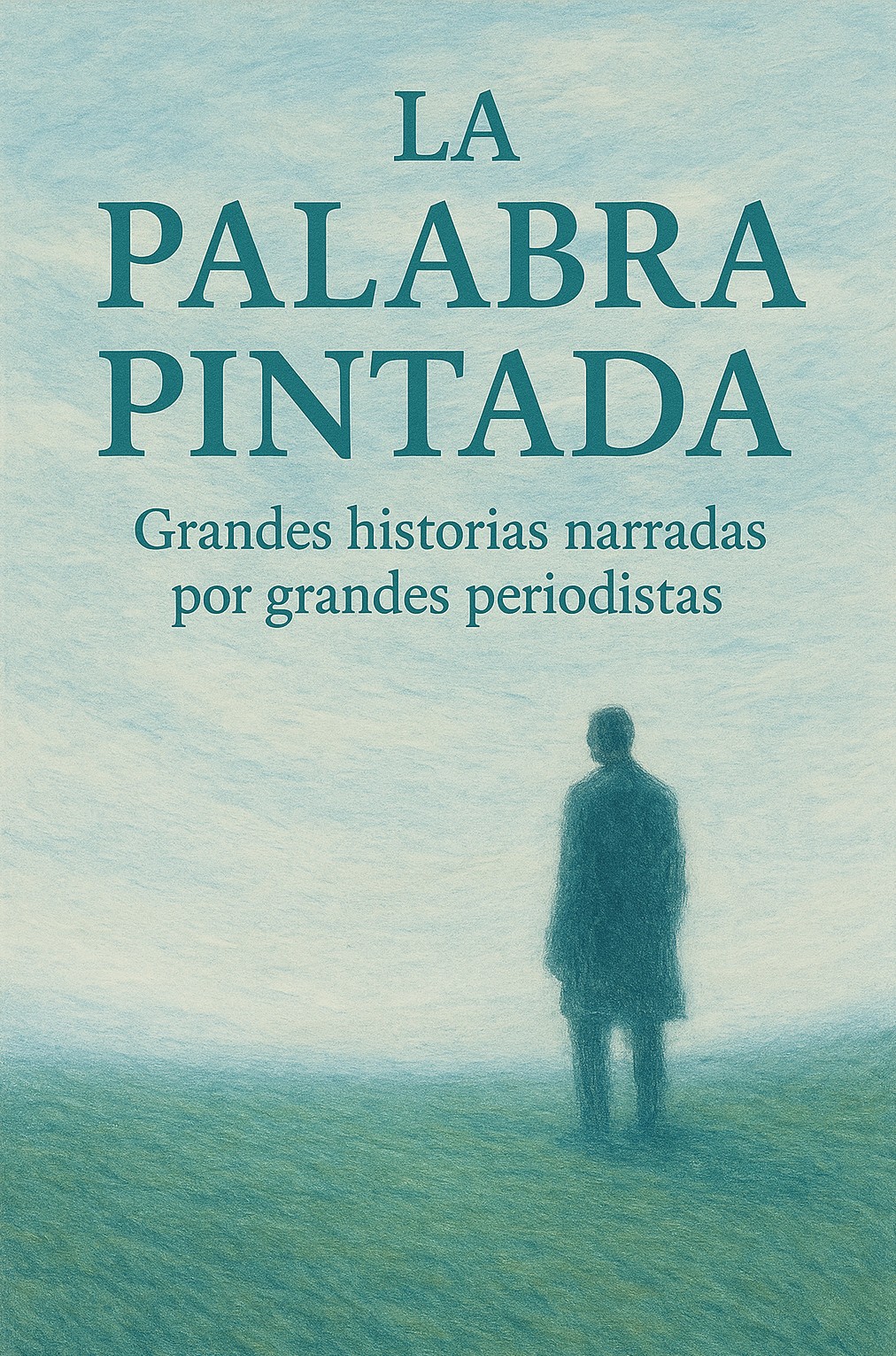Beatriz Villarroel: "The presence of highly reflective objects in orbit before the era of human satellites has enormous implications"
![[Img #28635]](https://latribunadelpaisvasco.com/upload/images/08_2025/3501_lldldl.jpg)
In a small office in Stockholm, surrounded by photographic plates dating back more than half a century and screens displaying extensive maps of the sky, astronomer Beatriz Villarroel dedicates her life to pursuing something that, at first glance, sounds impossible: disappearing stars. She is not looking for supernovae or dazzling luminous phenomena. Her obsession is much quieter and, perhaps, more disturbing: lights that were there in the past and are no longer there. The project she leads, called VASCO — short for Vanishing & Appearing Sources during a Century of Observations — compares thousands of astronomical images taken in the 1950s, when there were no human satellites or space debris, with the most accurate maps of modern astronomy. His goal is to find objects or flashes that appeared then and no longer exist today, or that shone for just a few seconds before vanishing forever.
What began as a search for dying stars or possible Dyson spheres — hypothetical structures built by advanced civilisations — quickly turned into something much more intriguing. On these old plates, Villarroel and his team found thousands of "transients": points of light that appear in a single photograph and disappear in the next. Most could have natural explanations, but some defy all known categories. A group of nine simultaneous flashes on a 1950 plate, or several aligned transients that coincide with historical dates such as the wave of UFO sightings in Washington, D.C., in 1952, have made VASCO one of the most talked-about projects in contemporary astronomy. "Even if everything else were errors, a single authentic detection would change history," Villarroel said.
While VASCO scans the sky of the past, Beatriz is also pushing forward an experiment in the present: EXOPROBE, a global network of optical telescopes designed to detect in real time flashes that could be reflections from artificial objects in near-Earth space. Unlike the traditional search for extraterrestrial radio signals, EXOPROBE scans the sky for flashes of light, as if tracking invisible mirrors orbiting tens of thousands of kilometres above us. "We look for stars that disappear, anomalies and extraterrestrial probes near Earth," she says, summarising her work.
Beatriz Villarroel's personal and professional profile is as unique as her research. Born in Sweden, with Spanish and Russian roots marked by exile from the Civil War and the crossing of cultures, she combines scientific precision with a rare sensitivity. Perhaps this is why her research has aroused so much fascination and also resistance: talking about technosignatures and possible non-human artefacts before the satellite era undoubtedly challenges many conventions. In 2023, she received the Open Inquiry Award for her defence of intellectual freedom in the face of academic stigma. For her, science cannot advance without risk: "Every time we choose our inner compass over what others think, we unleash our creativity."
In the following conversation, Beatriz Villarroel reflects on her personal history, the emotions that explode behind the data, and what it is like to search, in the dim light of an observatory and among thousands of old glass plates, for a light that is fading and could change everything we think we know about the sky.
You were born and raised in Sweden, but your name has strong Spanish roots. Could you tell us a little about your family history and how it has influenced your identity as a scientist?
My mother was born in Moscow. However, her father, my grandfather, was born in Asturias, near Oviedo. When he was a child, the Spanish Civil War broke out and he was sent alone, far from the war, to the USSR, along with thousands of other children. My mother, on the other hand, grew up in Moscow, where she met my father, who was a Chilean exchange student at the Soviet university at the time. They were about to move to Chile when the military coup took place there, and they had no choice but to stay in Sweden. I think my family history has shaped me in the sense that I defend personal freedom and freedom of thought. I know that dogma and ideology tend to infiltrate every corner of society, and academia is no exception.
For readers who are not scientists, how would you describe VASCO in simple terms? What exactly are you looking for when you compare those century-old plates with modern studies?
VASCO is a project that looks for changes in the sky over the last 70 years. We compare old photographic plates, taken before the launch of the first human satellite, with modern studies. These old images capture a sky without artificial satellites or space debris. Through our citizen science platform, students and amateur astronomers, mainly from Spain, Algeria and Nigeria, help us look for unusual phenomena in the sky. We collaborate closely with the Spanish Virtual Observatory.
Initially, we were looking for stars that might have disappeared, hoping to find evidence of failed supernovae or Dyson spheres (hypothetical structures built by advanced civilisations). But instead, we discovered something unexpected: thousands of short-lived optical transients, visible only for a brief moment (points of light that appear in a single photograph and disappear in the next).
Some of your findings coincide with critical moments in history, such as the UFO sightings in Washington, D.C., in 1952. How do you balance scientific caution with the weight of such coincidences?
The coincidence is remarkable: the transients appeared during the two weekends of the UFO wave in Washington, D.C., in 1952 (it should be noted that the event was not only seen on radar, but also by many eyewitnesses). This inspired my colleague Stephen Bruehl and me to investigate whether there were broader correlations between VASCO transients, historical UFO events, and nuclear bomb tests. And, indeed, we found statistically significant correlations. The article is currently undergoing peer review, but the preprint is already publicly available at . Of course, correlation is not causation, but it clearly suggests that these transients are real astronomical detections, and not random noise or capture artefacts.
With EXOPROBE, you are basically creating an optical SETI for artificial objects in near-Earth space. What inspired you to move from archive research to driving a real-time detection network?
Our discovery of multiple unexplained transients left us with more questions than answers. To truly understand what these events are, we needed a real-time detection system. That's how EXOPROBE was born. The night sky is now filled with millions of pieces of man-made space debris, all of which have the potential to create flashes of sunlight. EXOPROBE allows us to detect transient flashes in real time, locate them, and ultimately obtain spectra to better understand their nature. We currently have one telescope in operation and are gradually expanding the network. We hope to find an extraterrestrial space probe that is actively emitting.
In 2023, you received the Open Inquiry Award for defending intellectual integrity. How did that recognition affect you after years of fighting resistance?
It gave me the support I needed at a critical moment. It reminded me to follow my intuition, even when faced with resistance from my colleagues. Science, like any other human activity, has its challenges, especially when it touches on controversial issues.
What has been the most emotional moment for you so far in this research? A plaque, a flash, a piece of data that made you stop?
It happened just a few weeks ago. We conducted a test to understand whether our pre-Sputnik transients could be reflections of sunlight from artificial wax objects. If they are reflections from flat, highly reflective surfaces, such as mirrors or glass, they should not appear in the Earth's shadow, where sunlight does not reach. So we analysed almost 100,000 transients and found a clear deficit within the Earth's shadow. Realising that many of our transients were behaving exactly as we had hypothesised, like solar reflections, was very emotional. I can't say it made me happy; just thinking about it or talking about it gave me a sweet ache in my stomach.
Beatriz Villaroel explains that when she says it was an "emotional" moment and that she felt "a sweet pain in her stomach," it is because the data pointed to these phenomena being real and not simply plate errors or random noise. She is not claiming that the objects in question are extraterrestrial probes, but she is saying that the behaviour observed is consistent with the presence of highly reflective objects in orbit before the era of human satellites. That possibility, because of its implications, is enormous. In short, this is a crucial statistical analysis that supported the hypothesis that some of the transients are reflections from artificial surfaces, rather than natural phenomena or negative failures. That is why he remembers it as an emotional and almost physical moment: for the first time, he felt that the evidence went beyond mere speculation.
![[Img #28635]](https://latribunadelpaisvasco.com/upload/images/08_2025/3501_lldldl.jpg)
In a small office in Stockholm, surrounded by photographic plates dating back more than half a century and screens displaying extensive maps of the sky, astronomer Beatriz Villarroel dedicates her life to pursuing something that, at first glance, sounds impossible: disappearing stars. She is not looking for supernovae or dazzling luminous phenomena. Her obsession is much quieter and, perhaps, more disturbing: lights that were there in the past and are no longer there. The project she leads, called VASCO — short for Vanishing & Appearing Sources during a Century of Observations — compares thousands of astronomical images taken in the 1950s, when there were no human satellites or space debris, with the most accurate maps of modern astronomy. His goal is to find objects or flashes that appeared then and no longer exist today, or that shone for just a few seconds before vanishing forever.
What began as a search for dying stars or possible Dyson spheres — hypothetical structures built by advanced civilisations — quickly turned into something much more intriguing. On these old plates, Villarroel and his team found thousands of "transients": points of light that appear in a single photograph and disappear in the next. Most could have natural explanations, but some defy all known categories. A group of nine simultaneous flashes on a 1950 plate, or several aligned transients that coincide with historical dates such as the wave of UFO sightings in Washington, D.C., in 1952, have made VASCO one of the most talked-about projects in contemporary astronomy. "Even if everything else were errors, a single authentic detection would change history," Villarroel said.
While VASCO scans the sky of the past, Beatriz is also pushing forward an experiment in the present: EXOPROBE, a global network of optical telescopes designed to detect in real time flashes that could be reflections from artificial objects in near-Earth space. Unlike the traditional search for extraterrestrial radio signals, EXOPROBE scans the sky for flashes of light, as if tracking invisible mirrors orbiting tens of thousands of kilometres above us. "We look for stars that disappear, anomalies and extraterrestrial probes near Earth," she says, summarising her work.
Beatriz Villarroel's personal and professional profile is as unique as her research. Born in Sweden, with Spanish and Russian roots marked by exile from the Civil War and the crossing of cultures, she combines scientific precision with a rare sensitivity. Perhaps this is why her research has aroused so much fascination and also resistance: talking about technosignatures and possible non-human artefacts before the satellite era undoubtedly challenges many conventions. In 2023, she received the Open Inquiry Award for her defence of intellectual freedom in the face of academic stigma. For her, science cannot advance without risk: "Every time we choose our inner compass over what others think, we unleash our creativity."
In the following conversation, Beatriz Villarroel reflects on her personal history, the emotions that explode behind the data, and what it is like to search, in the dim light of an observatory and among thousands of old glass plates, for a light that is fading and could change everything we think we know about the sky.
You were born and raised in Sweden, but your name has strong Spanish roots. Could you tell us a little about your family history and how it has influenced your identity as a scientist?
My mother was born in Moscow. However, her father, my grandfather, was born in Asturias, near Oviedo. When he was a child, the Spanish Civil War broke out and he was sent alone, far from the war, to the USSR, along with thousands of other children. My mother, on the other hand, grew up in Moscow, where she met my father, who was a Chilean exchange student at the Soviet university at the time. They were about to move to Chile when the military coup took place there, and they had no choice but to stay in Sweden. I think my family history has shaped me in the sense that I defend personal freedom and freedom of thought. I know that dogma and ideology tend to infiltrate every corner of society, and academia is no exception.
For readers who are not scientists, how would you describe VASCO in simple terms? What exactly are you looking for when you compare those century-old plates with modern studies?
VASCO is a project that looks for changes in the sky over the last 70 years. We compare old photographic plates, taken before the launch of the first human satellite, with modern studies. These old images capture a sky without artificial satellites or space debris. Through our citizen science platform, students and amateur astronomers, mainly from Spain, Algeria and Nigeria, help us look for unusual phenomena in the sky. We collaborate closely with the Spanish Virtual Observatory.
Initially, we were looking for stars that might have disappeared, hoping to find evidence of failed supernovae or Dyson spheres (hypothetical structures built by advanced civilisations). But instead, we discovered something unexpected: thousands of short-lived optical transients, visible only for a brief moment (points of light that appear in a single photograph and disappear in the next).
Some of your findings coincide with critical moments in history, such as the UFO sightings in Washington, D.C., in 1952. How do you balance scientific caution with the weight of such coincidences?
The coincidence is remarkable: the transients appeared during the two weekends of the UFO wave in Washington, D.C., in 1952 (it should be noted that the event was not only seen on radar, but also by many eyewitnesses). This inspired my colleague Stephen Bruehl and me to investigate whether there were broader correlations between VASCO transients, historical UFO events, and nuclear bomb tests. And, indeed, we found statistically significant correlations. The article is currently undergoing peer review, but the preprint is already publicly available at . Of course, correlation is not causation, but it clearly suggests that these transients are real astronomical detections, and not random noise or capture artefacts.
With EXOPROBE, you are basically creating an optical SETI for artificial objects in near-Earth space. What inspired you to move from archive research to driving a real-time detection network?
Our discovery of multiple unexplained transients left us with more questions than answers. To truly understand what these events are, we needed a real-time detection system. That's how EXOPROBE was born. The night sky is now filled with millions of pieces of man-made space debris, all of which have the potential to create flashes of sunlight. EXOPROBE allows us to detect transient flashes in real time, locate them, and ultimately obtain spectra to better understand their nature. We currently have one telescope in operation and are gradually expanding the network. We hope to find an extraterrestrial space probe that is actively emitting.
In 2023, you received the Open Inquiry Award for defending intellectual integrity. How did that recognition affect you after years of fighting resistance?
It gave me the support I needed at a critical moment. It reminded me to follow my intuition, even when faced with resistance from my colleagues. Science, like any other human activity, has its challenges, especially when it touches on controversial issues.
What has been the most emotional moment for you so far in this research? A plaque, a flash, a piece of data that made you stop?
It happened just a few weeks ago. We conducted a test to understand whether our pre-Sputnik transients could be reflections of sunlight from artificial wax objects. If they are reflections from flat, highly reflective surfaces, such as mirrors or glass, they should not appear in the Earth's shadow, where sunlight does not reach. So we analysed almost 100,000 transients and found a clear deficit within the Earth's shadow. Realising that many of our transients were behaving exactly as we had hypothesised, like solar reflections, was very emotional. I can't say it made me happy; just thinking about it or talking about it gave me a sweet ache in my stomach.
Beatriz Villaroel explains that when she says it was an "emotional" moment and that she felt "a sweet pain in her stomach," it is because the data pointed to these phenomena being real and not simply plate errors or random noise. She is not claiming that the objects in question are extraterrestrial probes, but she is saying that the behaviour observed is consistent with the presence of highly reflective objects in orbit before the era of human satellites. That possibility, because of its implications, is enormous. In short, this is a crucial statistical analysis that supported the hypothesis that some of the transients are reflections from artificial surfaces, rather than natural phenomena or negative failures. That is why he remembers it as an emotional and almost physical moment: for the first time, he felt that the evidence went beyond mere speculation.


